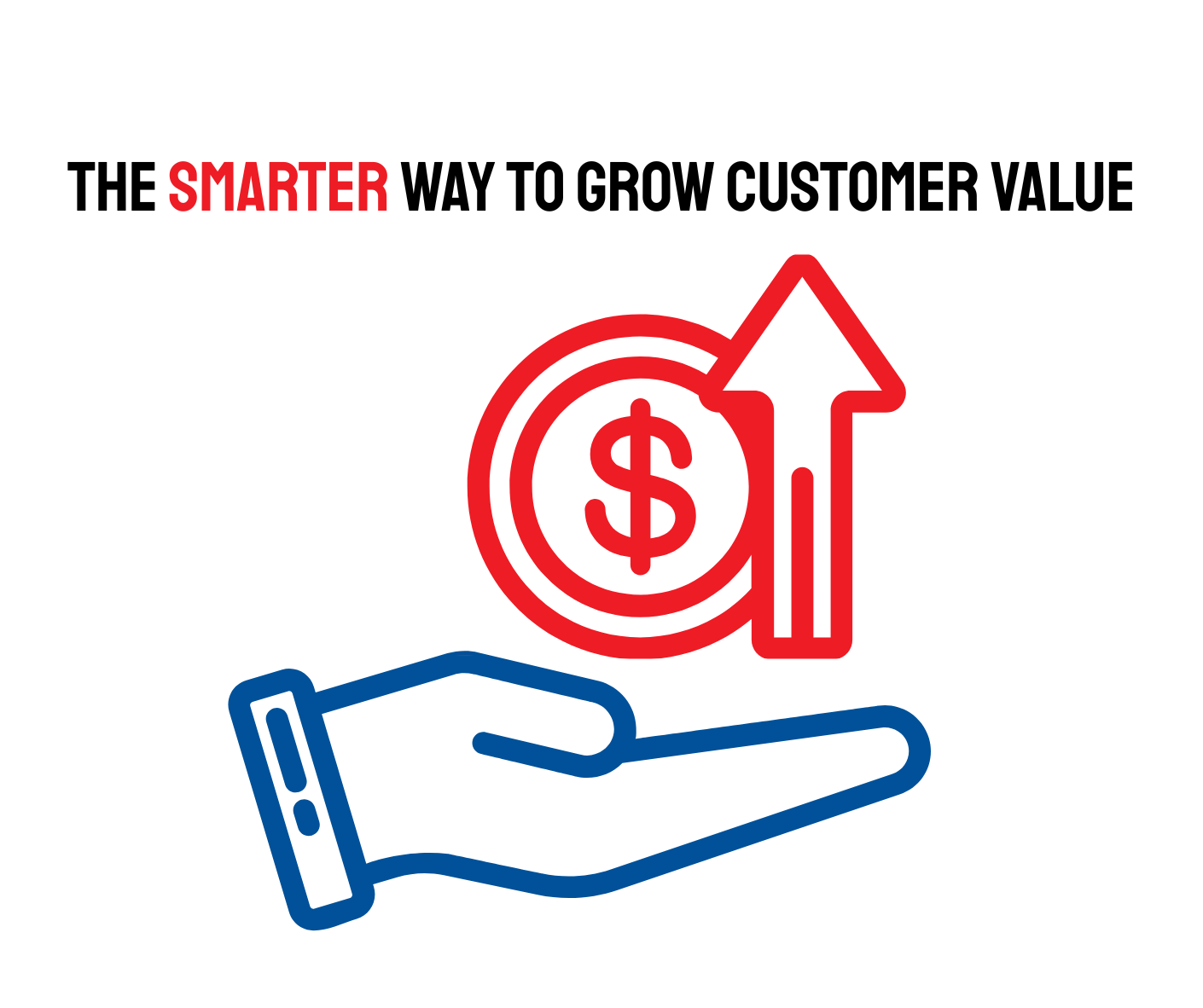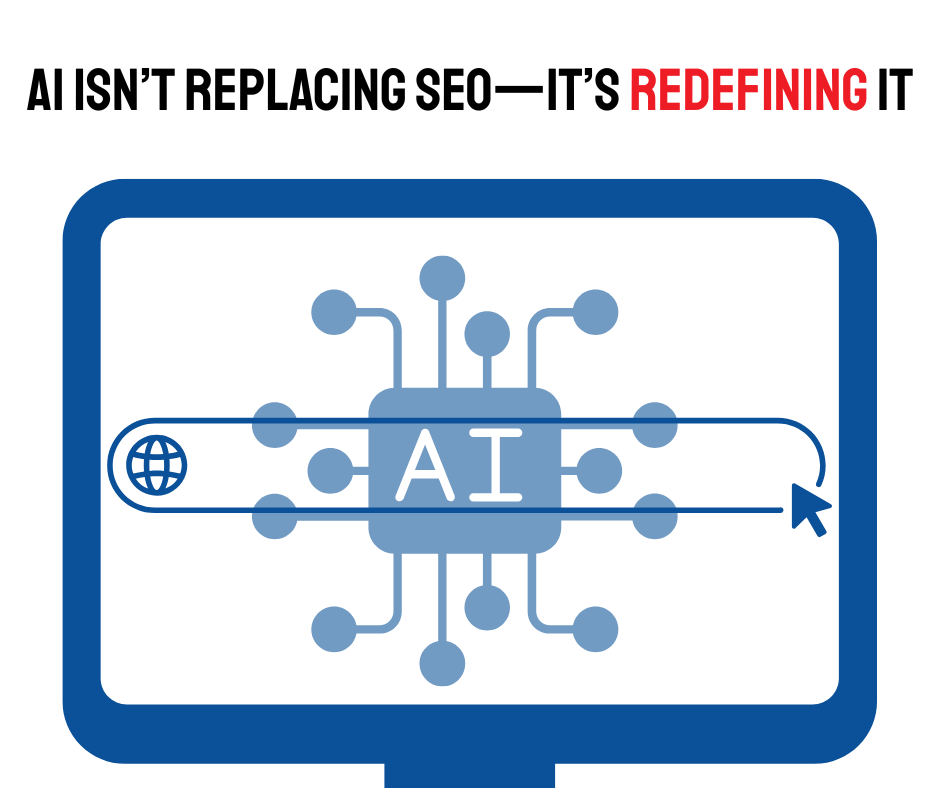Strategies for Improving Employee Retention in Small Businesses
Employee Retention

- Offer competitive compensation and benefits to meet or exceed industry standards, ensuring employees feel valued and financially secure.
- Invest in professional development opportunities, such as training and workshops, to show a commitment to employee growth and career advancement.
- Create a positive and inclusive work environment where employees feel respected, valued, and part of the company culture.
- Recognize and reward employee contributions through formal and informal programs to boost morale and loyalty.
- Implement flexible work arrangements to accommodate diverse work-life balance needs, enhancing overall job satisfaction and retention.
646 words / 3 min. read
Keeping your team together is key, especially for small businesses. Think about it: every time someone walks out the door, it's not just a goodbye party you're throwing; it's time, money, and energy spent on finding someone new and getting them up to speed. Not to mention, it can really bring down morale when people are constantly coming and going. So, how do you keep your A-players happy and on board? Let's dive into some smart moves you can make to ensure your team sticks around.
Competitive Compensation and Benefits
Paying competitive salaries and offering good benefits is essential to employee retention. Studies show that low pay is the top reason people leave their jobs. In recent years, inflation has been a significant factor driving workers to look for jobs with higher pay, in addition to the opportunity to significantly boost earnings with a new starting salary, rather than waiting for incremental pay raises in their current position. Regularly review your compensation and benefits to ensure they're in line with industry standards. Be mindful of the potential impact of offering higher wages to new hires compared to long-standing employees who perform the same tasks. Such disparities can be taken personally by your current staff. To enhance workplace satisfaction, consider offering additional benefits like health insurance, retirement plans, and paid time off whenever possible.
Professional Development Opportunities
Investing in employee growth boosts their loyalty to the company. Offering training, workshops, and further education lets employees improve their skills and move up in their careers. A LinkedIn Learning report shows that 94% of employees are more likely to stick with a company that invests in their career development. When it comes to professional development, you don’t have to start something new. Look for opportunities that already exist with nearby schools or your chamber of commerce.
Positive Work Environment
Creating a positive and inclusive environment is one of the most important ingredients in workplace satisfaction. When employees feel valued and respected, they're happier with their jobs, and studies show that feeling part of the workplace culture makes employees more likely to stay. Bosses and team leaders play an important part of creating a positive work environment, with leadership experts emphasizing the value of fostering open communication, celebrating employee successes, and supporting a healthy work-life balance.
Recognition and Rewards
Regularly recognizing and rewarding employees for their contributions can boost their loyalty to the company. Setting up recognition programs like Employee of the Month awards or performance-based bonuses can encourage employees to do their best. Studies show that this kind of recognition can make employees more satisfied with their jobs and less likely to leave. Small businesses, in particular, should start both formal and informal programs to celebrate their employees' achievements. Need inspiration? Indeed published eight examples of employee recognition programs to create a thriving workplace culture.
Flexible Work Arrangements
It’s no surprise that work flexibility tops the list for employee retention. From four-day work weeks, to hybrid work schedules, to unlimited PTO, there are many ways to give your employees more control over their work life. A Owl Labs study showed that more than 70% of workers agree that the option to work from home would make them happier. Not every small business can provide remote working opportunities, but that shouldn’t mean you ignore the cultural shift toward more flexible work expectations. If you’re looking to make improvements in work flexibility, start first with finding out what your employees want. Great Place to Work, a global organization dedicated to helping companies foster a positive workplace culture and employee experience, offers these strategies to help you think creatively and get started.
The Takeaway
Small businesses can significantly improve employee retention by focusing on competitive compensation, professional development, a positive work environment, recognition and rewards, and flexible work arrangements. By addressing these key areas, business owners can create a workplace that not only attracts top talent but also inspires loyalty and dedication among their team members. Investing in these strategies is not just about preventing turnover; it's about building a thriving and engaged workforce that contributes to the long-term success of the business.
---
The Leavenworth-Lansing Area Chamber of Commerce is a private non-profit organization that aims to support the growth and development of local businesses and our regional economy. We strive to create content that not only educates but also fosters a sense of connection and collaboration among our readers. Join us as we explore topics such as economic development, networking opportunities, upcoming events, and success stories from our vibrant community. Our resources provide insights, advice, and news that are relevant to business owners, entrepreneurs, and community members alike. The Chamber has been granted license to publish this content provided by Chamber Today, a service of ChamberThink Strategies LLC.




